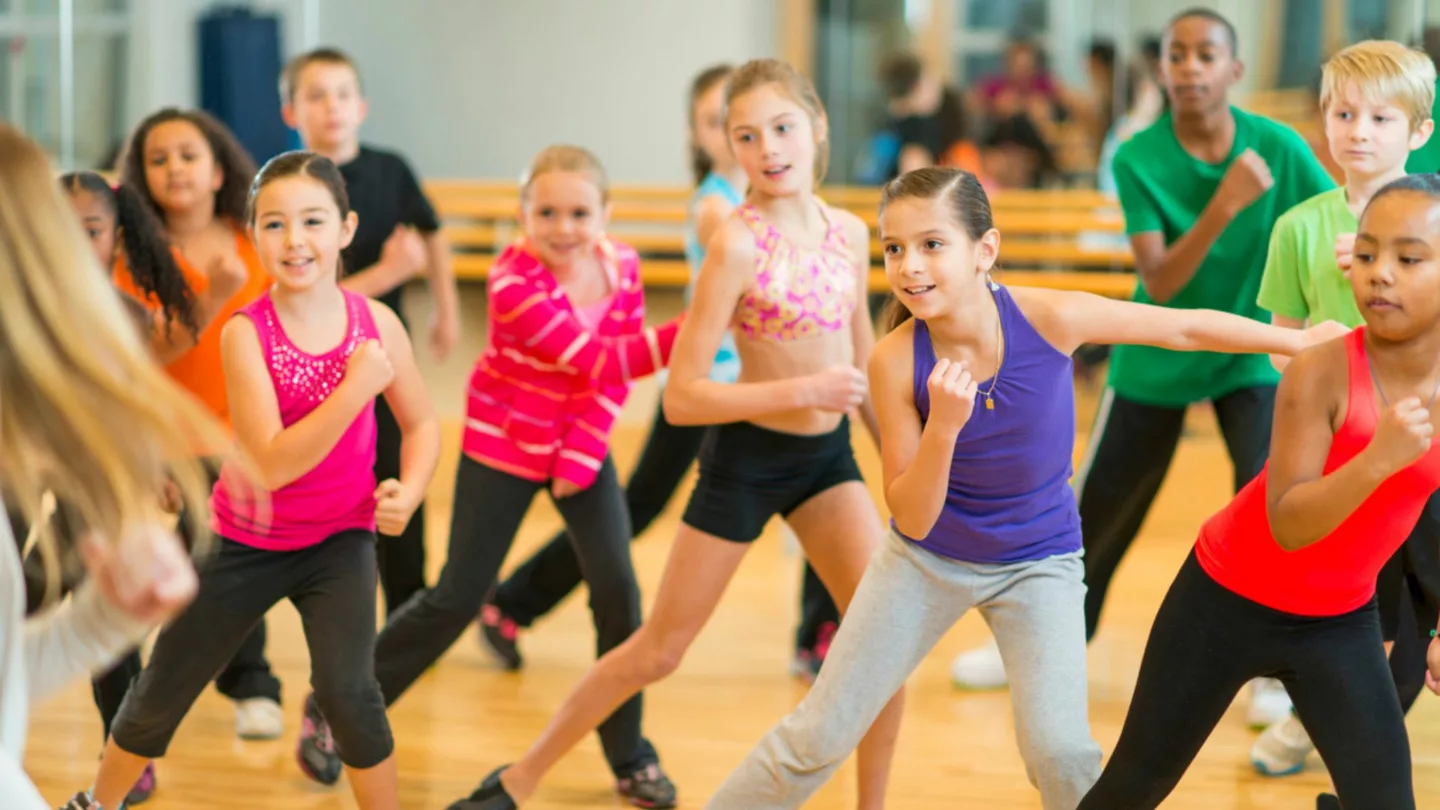
The New Direction for Children’s Sports process kicked off on Tuesday, September 10th. Forty sports federations have already signed up for the process. The Finnish Olympic Committee has strongly acknowledged the federations’ desire to establish a shared direction for children’s sports. The Olympic Committee and the federations have joined forces, with the ambition that this collaboration will create the best children’s sports environment in the world.
At the first joint meeting, participants discussed the core values of children’s sports and how each sport appears from the perspective of the children who participate in them. Juha Sten, the coordinator of the process from the Olympic Committee, emphasized the importance of working together on this initiative.
– This is not a project led by the Olympic Committee, imposed from the top down. It is essential that we genuinely work together. The world is constantly changing, and we need to understand how children perceive their participation in sports. This understanding will help us take steps towards something new, Sten explained in his opening speech
Childhood and children’s sports are not just a transitional phase. The intrinsic value lies in having high-quality sports for children.
Jarkko Finni, Finnish Athletics Federation
By developing a shared direction and clear guidelines, we ensure that we will have participants in the future and that both children and youth are drawn to the sport.
Tilda Rajamäki, Finnish Ski Association
Concerns about children’s sports have been raised from the perspectives of both sports federations and elite sports stakeholders.
– The same themes keep coming up in discussions on this topic; dropout occurs too early, children are forced to choose a main sport too soon, participation is expensive, and often too focused on adults’ perspectives. Additionally, children at the selection stage have insufficient diverse physical activity to prepare for a competitive or elite sports career.
– The world is constantly changing, and we need to better understand how sports participation looks through a child’s eyes. When we learn to view sports from the child’s perspective, we can address the root causes of why children quit sports so early in Finland.
Competition dynamics also spark conversation. However, Sten reminds that the aim is not to eliminate competition from children’s sports.
– Competition is ingrained in sports – it cannot be removed. However, competition should come from the children, not from us adults.
The importance of childhood must be better recognized
Senior Specialist Kirsi Pollari and Director of Advocacy Esa Iivonen from the Mannerheim League for Child Welfare (MLL) attended the kickoff event of the New Direction for Children’s Sports process. They highlighted the significance of children’s rights and their role in the foundation of sports values.
According to Pollari and Iivonen, sports and physical activity play a crucial role in the growth and development of children. The importance of a safe environment and community is vital.
Pollari emphasized that every child has the right to be heard, and their views must be considered:
– It’s essential to reflect on the type of environment and community a child is entering, and whether it’s a safe place for them.
Pollari also stressed the uniqueness of childhood, stating that its value should be appreciated in the present, rather than focusing solely on the future.
– We often overlook the importance of childhood in the current moment, placing too much emphasis on future outcomes. Children should be seen as active participants in the community, influencing it in many ways. This needs to be reflected in how we approach youth sports.
– Children’s sports have drawn considerable media interest, further demonstrating the societal relevance of the topic. Hence, increasing understanding of children’s rights in the sports field is crucial, added Iivonen.
The work continues
The working group meetings for the Children’s Sports Process continue. The objective of this work is to establish guidelines for increasing children’s physical activity levels, improving competition systems, removing barriers to simultaneous participation in multiple sports, addressing costs, and enhancing coaching expertise and appreciation in children’s sports.
Schedule and themes
- 10.9.2024 The Values of Children’s Sports
- 27.11.2024 The Quantity of Physical Activity, Versatility, and Enabling Multi-Sport Participation
- 28.1.2025 Improving Knowledge and Appreciation of Coaching in Childhood
- 3/2025 Children’s Competitive Sports and Competition Systems
- 6/2025 Costs

